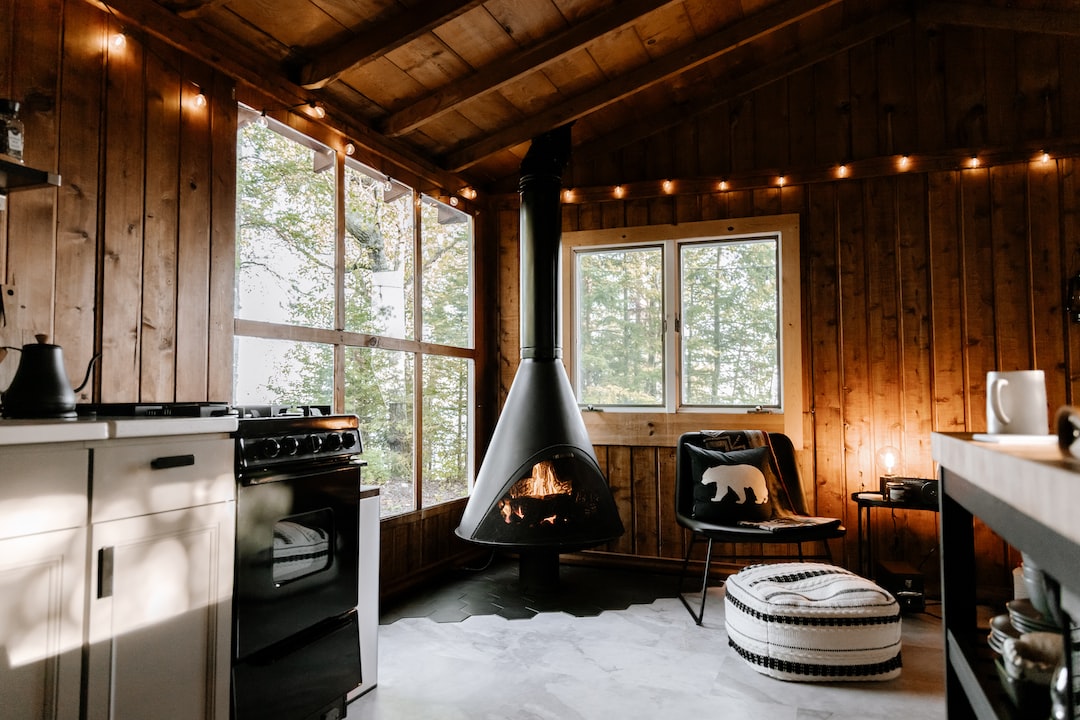Everything You Need to Know on Cabin Kits
Whether you want to build your cabin or need a small hut for camping, a cabin kit is a great option. It provides a set of plans with precut and premeasured construction materials. Then, you can either build it yourself or hire a contractor to do the work.
Cost
Cabins are gaining popularity as people seek to downsize to smaller homes. A DIY kit can be a cost-effective option to build your cabin, but it involves significant work and expenses. Depending on your skills, you may need outside help to install the electrical wiring, plumbing, foundations, and site prep.
A cabin kit’s price can also depend on your location and the type of materials used. For example, if you choose a fully-assembled a-frame cabin, the costs could be much higher than if you bought a log cabin kit that shipped flat-packed.
You’ll also need to consider the land you’ll be building on, as this plays a role in how you connect to utilities and manage septic waste. Additionally, the ground will determine whether you go off-grid or connect to a community water system. Finally, you’ll need to factor in the maintenance costs for your cabin, which can include re-staining logs every two years and search for cracked caulking between the logs.
Design
When choosing small cabin kits, look for one with high-quality materials and clear assembly instructions. The company should also provide any necessary follow-up or aftercare services. The best way to know if a company provides these services is to contact them before buying the kit.
Purchasing a cabin kit from a company that has a distribution point close to your building site can save money on shipping fees. In addition, you can buy “extras” like flooring, fixtures, and fittings from a local supplier.
If your cabin has a loft, choose a space-saving staircase design. Nothing eats up space like a bulky set of stairs, so consider opting for a narrow, straight staircase. A spiral staircase is another option for a loft, but it may not be suitable for people with limited mobility. Also, ensure your foundation or slab is big enough for the cabin. It will ensure that rainwater is adequately drained away from the building frame.
Materials
Buying a kit from an owner-operated company will give you personal service and quality materials.
It’s essential to choose a manufacturer with high-quality materials and a warranty. In addition, a good manufacturer will provide clear instructions and helpful follow-up or aftercare services.
Some manufacturers allow you to modify larger models, such as adding insulation or modifying windows and doors. However, there is generally a price associated with this.
Before you buy a cabin kit, decide how large it will be and where you want to build it. The location will affect the cost of power, septic waste management, and where you get your water supply. The size and location will also influence whether you connect to utilities or go off-grid. Finally, you’ll need to prepare the building site and dig a foundation large enough for the cabin before it arrives.
Delivery
Purchasing a cabin kit from a company with a distribution point close to your building site may save you money on shipping costs. You will still need to transport your logs and other materials, though. You can avoid extra expenses by storing your materials under tarps and other forms of protection.
Before delivery day, ensure you have a wide enough road for the truck to drive on. Again, planning for inclement weather, travel distances, and temperature fluctuations would be best.
The small space can easily accommodate a bedroom, living area, and kitchen. It can also be fitted with a covered porch to create an outdoor living space. This cabin is made from kiln-dried northern spruce and is easy to assemble. The kit comes with detailed step-by-step instructions and drawings.







0